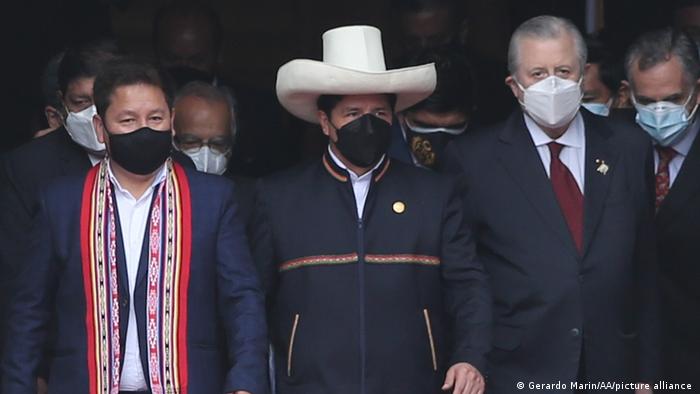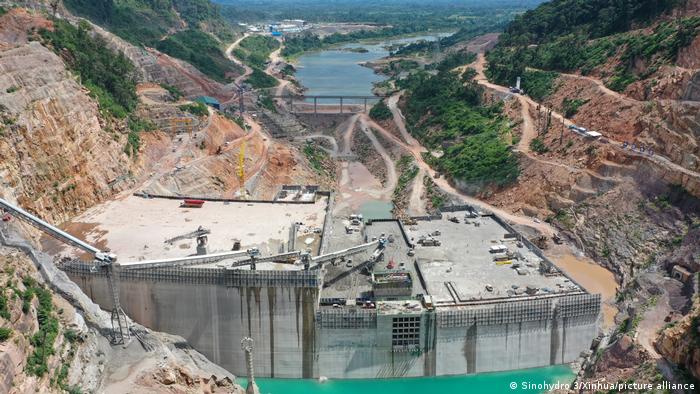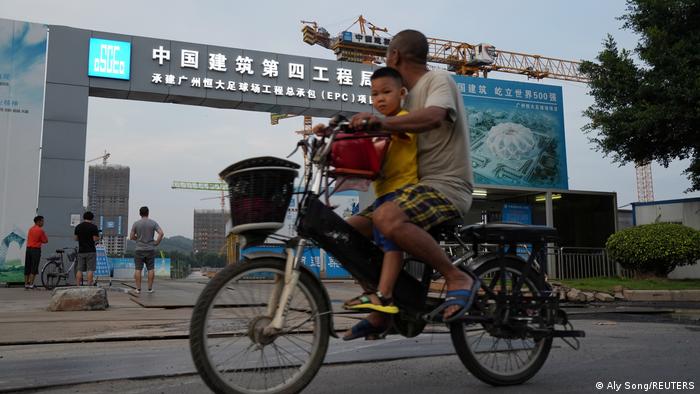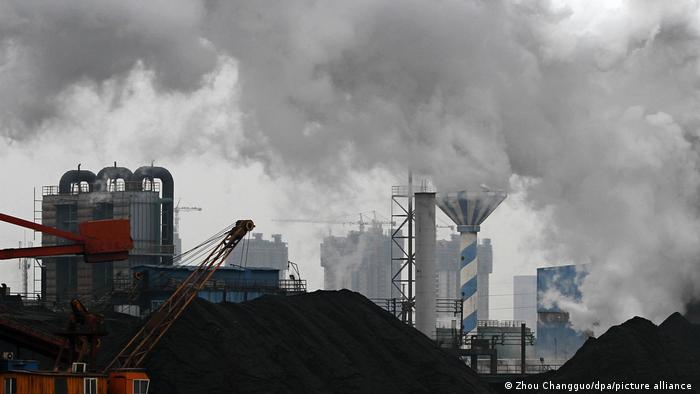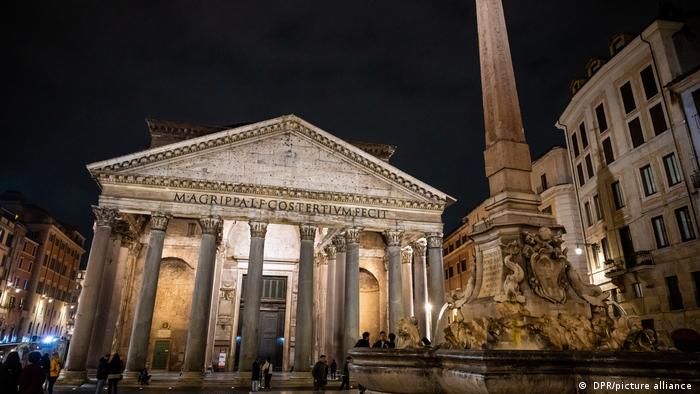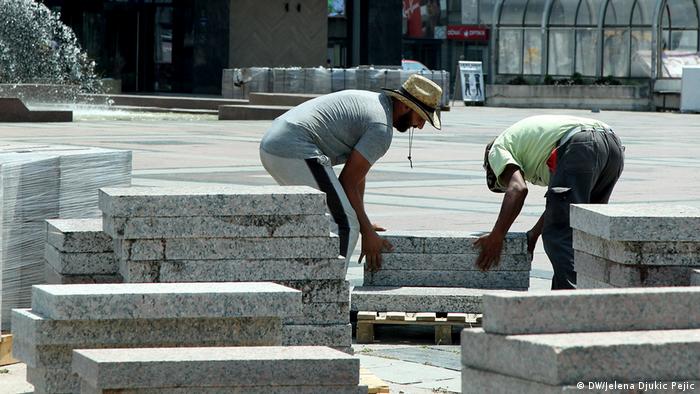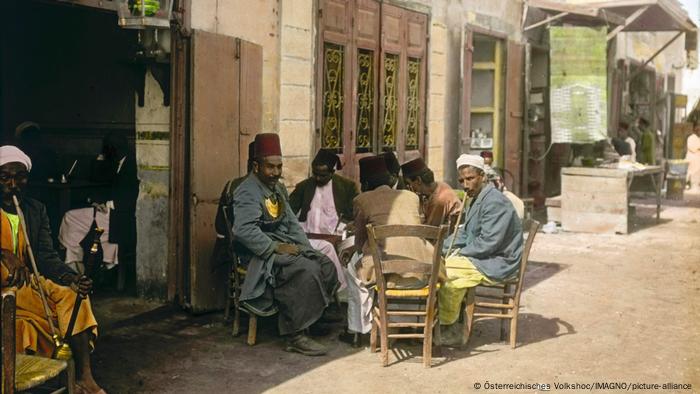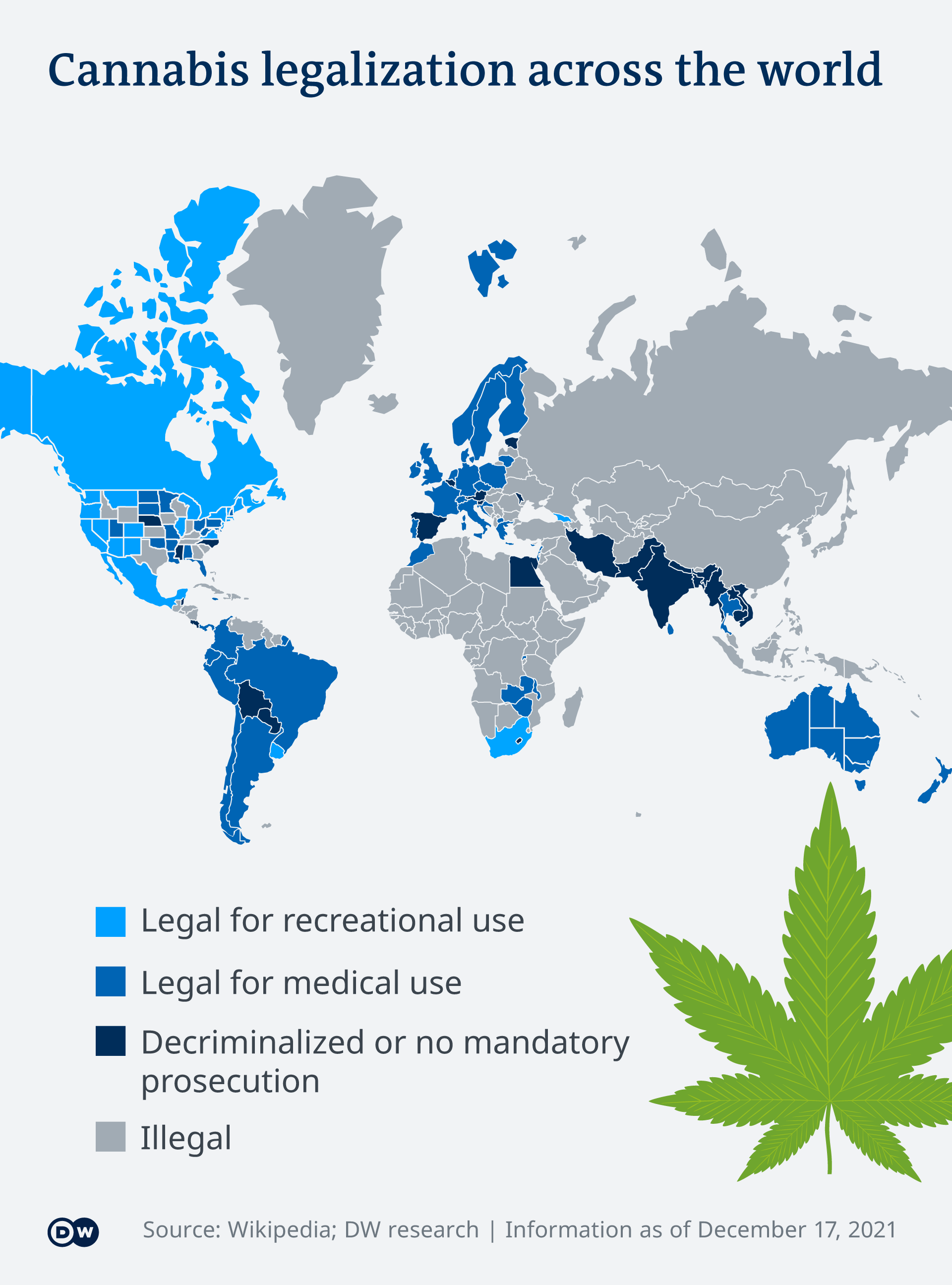SASKATCHEWAN
Meili has a few choice words about Moe’s leadership

Ryan Meili. (Libby GIesbrecht/650 CKOM file photo)
The leader of the Official Opposition in Saskatchewan had some strong words for the premier Thursday.
Referencing a rally scheduled to take place this weekend at the Legislative Building in Regina in support of the trucker convoy in Ottawa, NDP Leader Ryan Meili said his message to people wanting to take part is to stay home and “stop this nonsense. You’re making things worse.”
“It’s not smart, it’s not safe and it’s not right,” Meili said during a Zoom media conference Thursday.
He then fired a broadside directly at the premier, saying: “Scott Moe, show some goddamn leadership.”
Meili has repeatedly criticized Moe and the Saskatchewan Party government for their handling of COVID-19. The purpose of Meili’s gathering with reporters Thursday was to respond to the province’s plan to transition public health management in a move that would see Saskatchewan progress towards the goal of living with COVID.
While meeting virtually with reporters, Meili once again voiced concerns that Moe is putting politics before Saskatchewan people.
Calling it a “difficult” and “challenging” time in Saskatchewan, Meili said the province is lacking a principled leader, just a day after the leader of the Conservative Party of Canada was removed.
Meili said Moe is now caving to the “worst elements of his own party” after witnessing Erin O’Toole lose his position while Moe also refuses to save the lives of Saskatchewan people in the COVID-19 pandemic.
The province’s plan to move towards a more normalized approach with COVID-19 will see reporting on the state of the virus in the province move to weekly updates instead of daily.
PCR testing will also be further limited to only the most high-risk illnesses, instead putting priority on Saskatchewan people to self-test and self-isolate as necessary.
But chief medical health officer Dr. Saqib Shahab said Thursday during a technical briefing that Saskatchewan hospitalizations are just peaking, and a period of at least two weeks will be needed to see the high numbers of people receiving care lower and stabilize, finally alleviating some pressure on the Saskatchewan health-care system.
“This is not the way we do things here,” Meili told reporters. “We are a land of honest and decent people and we deserve honest and decent leadership.”
Meili accused Moe of resorting to lies about the effectiveness of COVID-19 vaccinations in preventing transmission of the virus and avoiding serious health outcomes.
The NDP leader promised he and his party will never give up, stop asking tough questions, seeking truth and speaking truth.
While he decried Moe’s lack of action against the pandemic during the height of the Omicron wave, Meili also implored Saskatchewan people to not give up their own fights against COVID and to continue taking care of each other.















